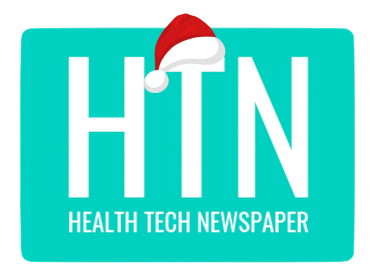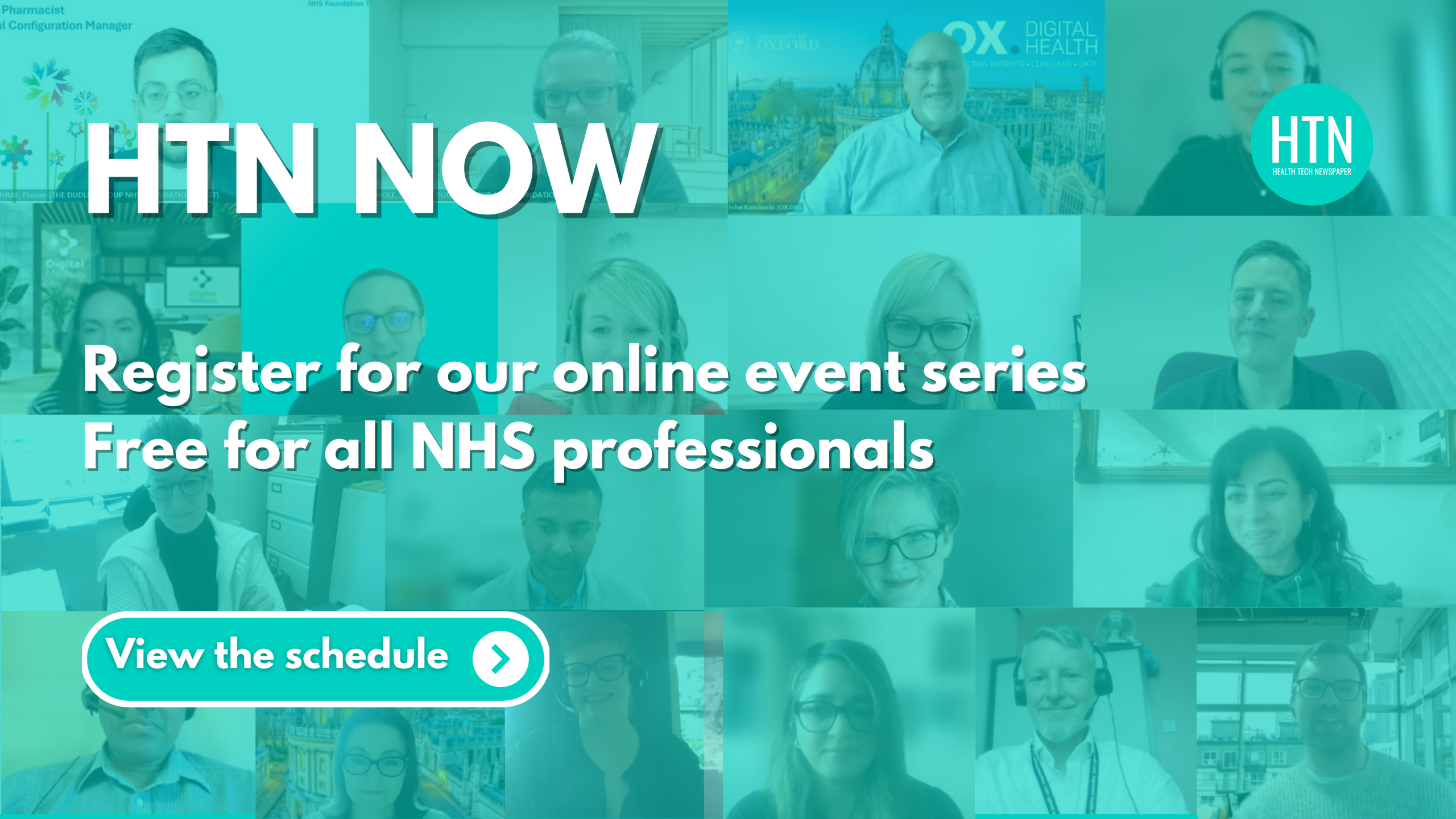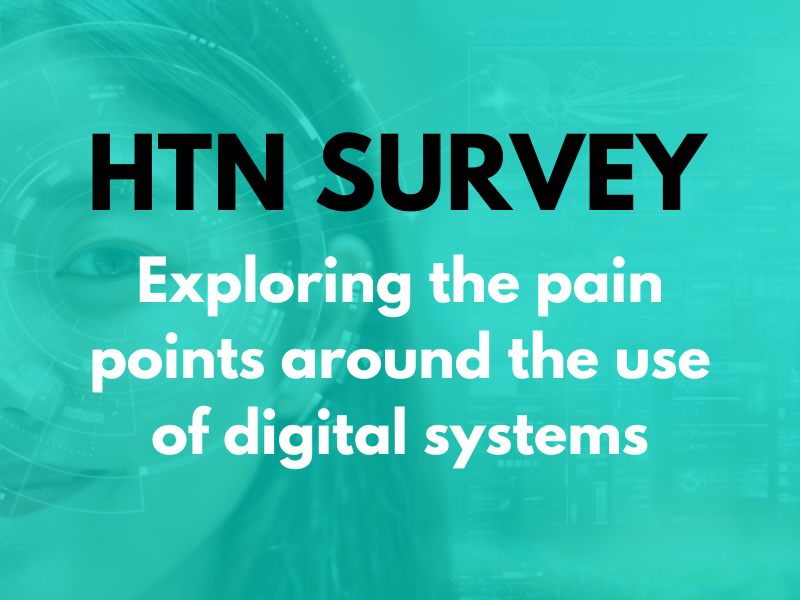In our latest HTN interview, we spoke with David Newey, interim chief digital transformation officer at Barking, Havering and Redbridge University Hospitals NHS Trust (BHRUT), about the future of EPRs.
We discussed some of the challenges of successful EPR implementation, with a particular focus on the financial pressures within the NHS and healthcare and how vendors can better support this transformation. David also explored other areas of digital transformation, such as the future of AI and automation as well as how to drive cultural acceptance surrounding the use of this technology.
EPR implementation at Barking, Havering and Redbridge University Hospitals NHS Trust
To begin, David gave an overview of his current position at the trust, stating, “my role is principally to oversee the implementation of the Oracle Millennium EPR and also devise their next five-year digital strategy”, before explaining more about the EPR itself, “it’s a shared EPR with Barts Health, so we’re joining that domain and we’re due to go live in September of this year”.
He went on to add how BHRUT are, “one of the last trusts in the country to move to an EPR”, highlighting how the trust has been “historically underinvested in terms of digital”, which has left them “playing catchup”. However, David noted the positive aspects of this, adding, “with that comes the potential to deliver a considerable benefit to the organisation”. He stated that “despite the fact they’ve got no EPR yet, BHRUT is probably one of the best performing hospitals in London, due to the hard work of all the staff” and that the addition of an EPR will only “increase productivity and efficiency in the long term”.
Challenges for a successful EPR
Next, David highlighted some of the current challenges when it comes to implementing a successful EPR. He said, “I think it’s fair to say that EPRs are disruptive during a go live, but then when you factor in the current NHS focus on reducing costs and it impacts people’s ability to not only to envisage a digital future, but also to cognitively deal with the transition to the new EPR when people are already working extremely hard.”
As an example, David outlined how BHRUT has been tasked with saving £61 million over the course of the next 12 months, before emphasising that the added pressures of “learning a brand new system can cause a considerable amount of organisational stress”.
What good looks like for the future of EPRs
After outlining some of the key challenges, David gave an overview of what good looks like for the future of EPRs. First, he outlined the importance of consolidating EPR maintenance teams, highlighting how “EPRs have a significant amount of overhead in terms of maintenance, so it stands to reason that they start becoming the lifeblood of an organisation and how it operates.” He added, “if an organisation wishes to innovate and remain paper-free, then any new business processes or supporting forms that need to go with that, all need to be digitised.”
For David, the most sustainable way for the NHS to achieve this “is through collaboration, whether that’s a trust having a joint EPR maintenance team, or acute providers across an entire region having the same EPR and the same maintenance team”. He also recognised the importance of standardisation in this area as a way to “save money in the future” and that EPRs have got to “remain flexible and build that flexibility into their tool set to give organisations the ability to maintain and extend their own digital transformation”.
How vendors can support EPR transformation
David also spoke about cost considerations when implementing EPRs, stating that “the days of being able to spend millions of pounds on additional modules to replace ageing clinical systems are gone” and that instead “there needs to be an inherent toolkit within the EPR to provide that functionality in a more cost-effective way”. When discussing how to do that, David looked towards EPR vendors, suggesting that “they need to start enabling Trust’s to self-optimise and providing easy ways to perform upgrades to obtain newer features”.
He mentioned how the “NHS should be looking internally to see how it leverages off its existing functionality” and “start looking at its existing infrastructure and extending that in order to provide maximum clinical benefit to the wider NHS community”. As an example, David suggested “opening up the NHS app as a portal to clinicians to allow them to view patient records”. He also proposed “leveraging off the potential power of the Federated Data Platform and bringing it all together into one coherent strategy, to simplify reporting and data sharing for trusts”. David emphasised how this would help to “create one version of the truth and ultimately deliver information to both the clinician and the patients to help improve their care”.
Speaking further on what this strategy might look like, David highlighted the need for standardised architecture and datasets, adding, “the open EHR data repository has a whole series of artefacts that could be used, but it doesn’t have to be just that. We just need that standardised data dictionary, which I don’t think we’re a million miles away from at the moment”.
Wider digital transformation in health and care
When speaking on the future of other areas of digital transformation, David highlighted the growing “cultural acceptance of the use of AI within the NHS”, particularly when it comes to supporting diagnostics and imaging. He noted how “ambient AI is clearly the biggest game in town in terms of transforming the way in which consultations take place and the efficiency by which clinical notes are made”.
For BHRUT in particular, David mentioned how they’re “very keen” when it comes to looking at generative AI for electronic discharge summaries, but he also believes that “proactive monitoring through wearables has got to be the future”. He discussed how “using an existing personal health record plus wearable data to proactively generate care pathways, is the way forward”, before predicting “advances in medicine through more and more use of AI in clinical research”.
David also highlighted how there are “a lot of trusts sitting on a wealth of data in their electronic document management systems and their archives,” and how AI can help with translating that information “into electronic metadata” to provide “much greater depth of research data, unlocking a massive treasure trove within the NHS”.
How to drive cultural acceptance of AI in healthcare
Delving deeper into cultural acceptance of AI in healthcare, David stated, “when we move past using it for things like taking meeting notes and into real-world clinical decision support, it will generate a body of evidence that supports its use, which will increase the level of trust in this technology”. He added that “the propensity for people to continue to check and second guess what AI has done will gradually diminish,” but that it could take another 10 or 15 years for that to happen.
He also briefly mentioned the “fusion between AI and robotics, particularly with humanoid robotics” as an upcoming element that “will at some point impact the way in which we deliver care”. However, David also added that it’s “too far off at the moment” in terms of wider cultural acceptance.
Finally, David finished by emphasising the importance of innovation in the healthcare sector, stating, “I think if we don’t look at innovating and innovating radically, then we will risk having a healthcare model that becomes out of date and no longer fit for purpose”. Speaking on how to do this effectively, he added that there should be a focus on the core principles, to ensure strategy and transformation are always “clinically and operationally led”.
We’d like to thank David for taking the time to talk to us and sharing his expert insights in this area.









